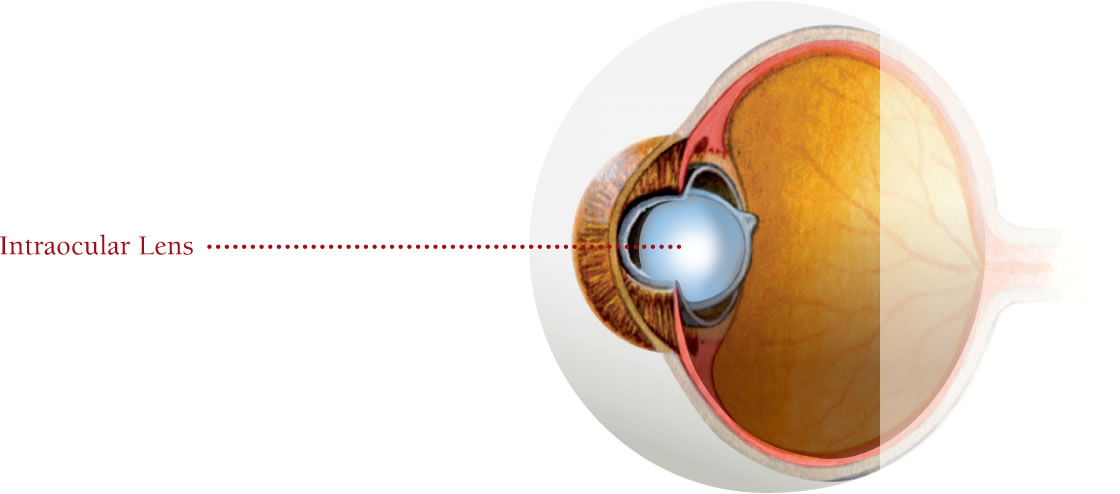Treating Cataracts
Intraocular Lens
Once the cloudy natural lens, or cataract, is removed from the eye, vision and focus is returned as a result of the implantation of an intraocular lens (IOL) — a critical part of the cataract operation.
The IOL is made from a soft, flexible material. It sits within the eye and does not have to be replaced or removed like a contact lens. The lens is totally internal and cannot move or fall out. It cannot be felt after the operation.
Lens Types
As there are a number of different IOLs available, Dr Sack will discuss with you which type will best suit your needs.
The most commonly used IOLs are ‘monofocal’ which will correct your vision for long distance. Glasses will still be required for some near tasks such as reading and computer work.
Some patients with cataracts also have astigmatism which is a distortion of the shape of the cornea. The cornea is usually round like a soccer ball, but patients with astigmatism have a cornea which is more oval, like a football. Special lenses, known as Toric IOLs, can be used to correct the astigmatism, allowing for even better post-operative vision.
Other lenses which allow for both distance and near vision (similar to bifocal glasses) are called multifocal or accommodating IOLs. These may be suitable for some patients. Again, Dr Sack will discuss this with you at your consultation.

Refractive Lens Exchange
It is possible to have refractive surgery to reduce your dependence on glasses. This procedure, called a refractive lens exchange, is useful for patients who wear distance glasses either for long or short sightedness. Similar to cataract surgery, it involves removing the natural lens from the eye and replacing it with an IOL. However, refractive lens exchange is not covered by your health fund or by Medicare, so costs need to be discussed prior to going ahead with this procedure.
The benefits and risks of this operation will be discussed by Dr Sack if you are suitable.